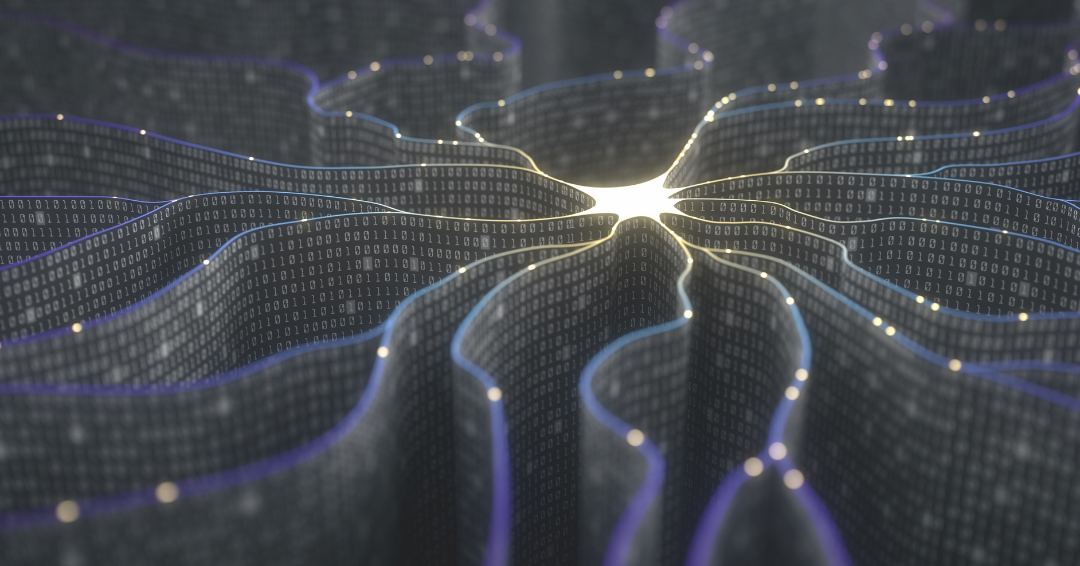Artificial intelligence in law has witnessed huge changes over the years. It's grown into a solution for many of the day-to-day tasks legal professionals face and is used to combat long working hours by offering significant time savings.
Throughout this blog post, we'll explore a short history of artificial intelligence, analyse its impact on the legal sector and demonstrate how it assists with legal reviews.
A brief history of artificial intelligence
The formal discipline of artificial intelligence began in the mid-20th century, with the term being coined in 1956 at the Dartmouth Conference.
There was much optimism in the early years of AI and researchers envisioned the development of machines capable of learning, reasoning and problem-solving with minimal human input.
In the 1960s and 1970s, research focused on symbolic AI, using logical rules and symbols to represent knowledge. Progress was slow, and the 1980s experienced an 'AI winter' as funding and interest diminished.
The resurgence of AI began in the 1990s with machine learning approaches, with breakthroughs in algorithms and computing power facilitating significant progress in the late 20th and early 21st century.
In recent years, AI has become part of everyday life. It's integrated into many industries, from autonomous vehicles to healthcare, entertainment and law.
Artificial intelligence in law
Much like many other industries, artificial intelligence has been transformative to litigation. Integrating AI tools has allowed firms to streamline processes, enhance efficiency and provide valuable insights.
Let's look at some tools legal professionals can use to help their processes.




